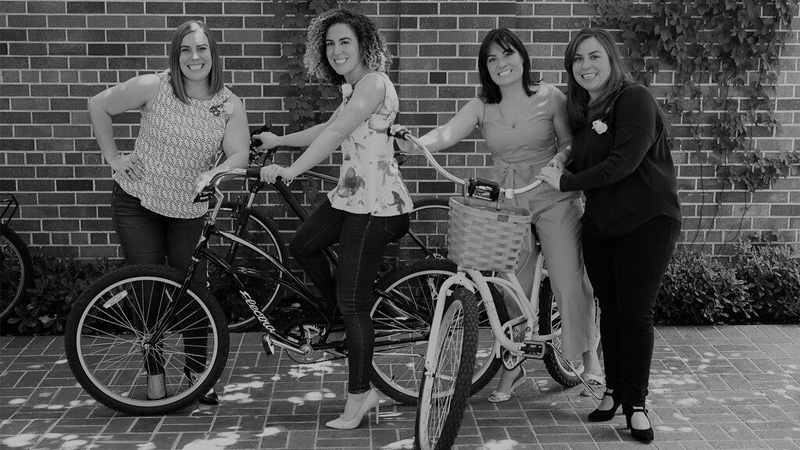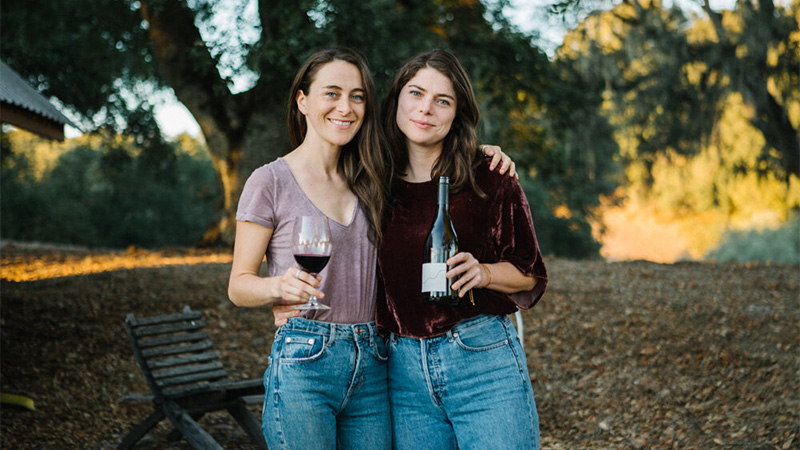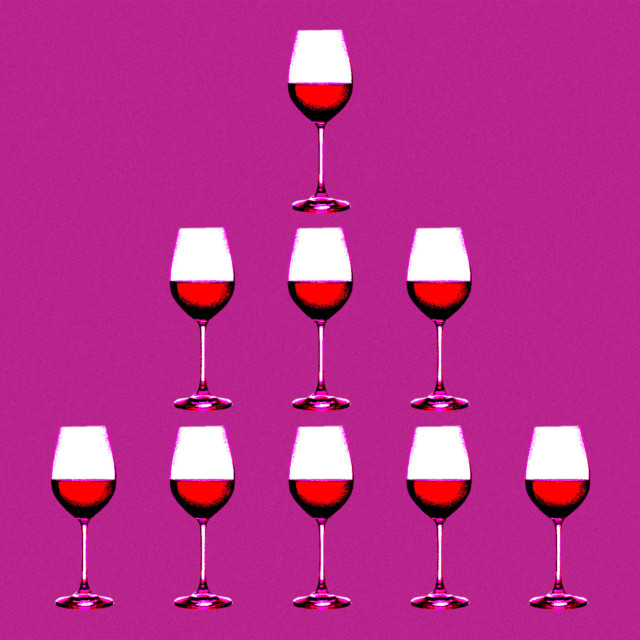Not all children whose folks own wineries want to work in the family business when they grow up. Even those planning to become the winery’s next generation often spend their early adult years first working a few harvests at other wineries, often in different countries, to gain outside experience. And even when they return to their family wineries, many harbor dreams of expressing their own personalities through special wine projects outside the family’s core business.
Think of these projects as new branches growing out of the family wine trees.
That was the case with the Antinori sisters — Albiera, Allegra, and Alessia — the 26th generation of Tuscany’s Marchesi Antinori wine business that first turned grapes into wine in 1385. Today the first Antinori women ever to head the company, the three began by taking over Montenisa, which makes sparkling wine in Franciacorta in northern Italy, in 2002 while their father, Piero Antinori, wrapped up his career as CEO. The three already had prominent roles in the business, but their Montenisa experience allowed them to prove they could operate a business cooperatively.
It was a slightly different story for the fourth-generation Mondavi sisters — Angelina, Alycia, Riana, and Giovanna — who range in age from 29 to 39. Their great-grandfather, Cesare Mondavi, purchased Charles Krug winery in Napa Valley shortly after the Great Depression. His two sons, Peter and Robert, had a famous fight over the destination of the business, with Robert leaving to found his iconic winery while Peter stayed on to run Charles Krug after Robert was bought out. Peter died at 101 in 2016, still active in the business.

“Our grandfather gave the four of us a gift of money,” Alycia says, “and we used it to buy our own vineyard — two acres on Howell Mountain that is planted to Zinfandel. We knew we wanted something that would have our own thumbprint, and something that would be quite different than anything made at the family winery.” They named their winery Dark Matter.
That was 17 years ago, and today the four sisters make and market about 600 cases of Dark Matter wines annually at a small winery separate from the family’s. “We still serve as Charles Krug brand ambassadors,” Alycia says, “and we often preside at special dinners. I like to say we’re the co-proprietors.”
Winemaker Angelina has her own “special project,” partnering with her older cousin Rob Mondavi Jr., who makes wine for the company he and his father started after Robert Mondavi Winery was sold. Called Fourth Leaf Wines, their venture is a symbol of a reconciliation within the greater Mondavi tribe.
But there are other ways scions of family wine trees branch out. One of the most famous Bordeaux wine families is the Thienponts, who own and run several wineries as well as having wine retail companies in Bordeaux’s Right Bank region. The one thing all have in common, however, is the family estate: Vieux Château Certan, a highly rated property in Pomerol in which they all own shares.
Guillaume Thienpont, now 40, works with his father in running the estate and will soon take over, the fifth generation of Thienponts who have been selling or making wine since 1842. Instead of launching his own separate brand, Guillaume instead makes wines as a consultant at other estates, including for the upcoming Château Guillot-Clauzel, as a way to work with unfamiliar terroirs. In terroir-worshiping Bordeaux, Guillaume says modestly, “I am still trying to learn the vineyard there.”
Second-generation winemaker Hilary Cline of Cline Family Cellars in Sonoma County says: “Right now, I’ve been involved in the bottling operation at the family winery doing planning and purchasing. Next, I will be starting in sales. But my sister Meg and I wanted to do something of our own.” The primary wine geeks of seven Cline siblings, Hilary, 31, and Megan, 30, formed their own independent wine company, Gust Wine, in 2017, buying fruit from two family vineyards. “Meg and I grew up playing in these vineyards,” Hilary says. “We’re two Sonoma sisters making Sonoma wines.”

Niki Wente’s family has been making wine in the San Francisco Bay area since the 1880s. The fifth-generation winemaker has always loved being in the vineyard and now heads up viticulture for the large family venture. But when the family decided to launch Angel’s Ink as a freestanding brand of Pinot Noir in 2018, Niki leaped to also run it with her cousin Karl Wente and sister Aly Wente. “I love big, bold Pinots,” she says, “and while Angel’s Ink is part of the family, it has its own website and a separate life and breath — it has our personality.”
Finally, Lamberto Frescobaldi’s family has been making wine even longer than the Antinoris — he’s the 30th generation of Frescobaldis to make wine in Tuscany. While he’s older than the Mondavi, Cline, and Wente sisters — 54 and now head of the family wine business — he speaks just as excitedly about his special branch of the family tree.
In 2012, Frescobaldi partnered with the Italian government in making a special wine, Gorgona, from vineyards on the prison island of that name off the Tuscan coast, paying inmates to work the vineyards. Lamberto personally heads the project and helps inmates get jobs in vineyards and wineries on the mainland once their sentences are up. He says: “When I first told the [company] lawyer we wanted to employ some of these inmates, he told me, ‘You’re crazy. Then you would have to be responsible for them.’ I told him, ‘I have more than 500 people working for me. If I had to think about being responsible for each of them, I would never get out of bed.’”
In the past, tradition often demanded that younger generations at family wineries had to make a difficult choice: Do things the way they had always been done, or hit the road. But with these families, the next generation has worked out a middle path to have it both ways — remain committed to the family tree while also branching out.
